READY TO GET STARTED?
REQUEST A FREE ESTIMATE
Fill out the form below or call (855) 789-9807 for a free, no-obligation estimate.
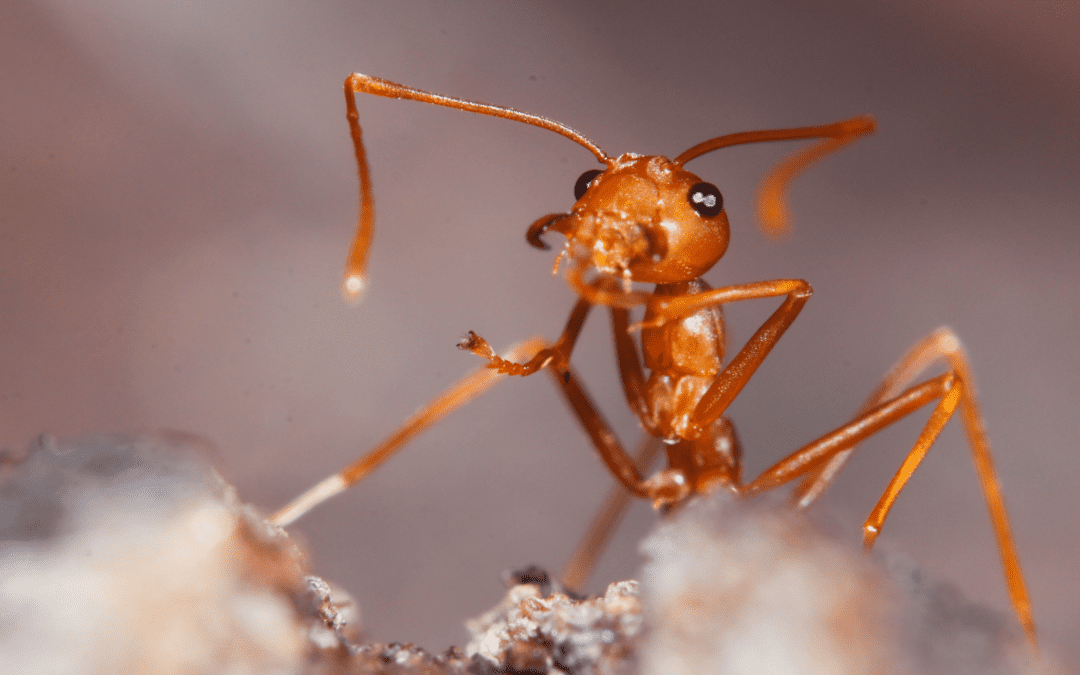
Did you know that fire ants are not native to Miami nor South Florida? Their range has spread to more than 13 southern and western states and continues to grow. They might not seem like a big deal, but over time they can cause medical, agricultural, and property damage. Let’s break down the ways you can prevent fire ants from taking over your lawn and property, so you can get back to enjoying the outdoors.
The first step in preventing something is to know where it originates. Fire ants build large nests, usually in the form of visible dirt mounds. They can also be found in rotting logs, around tree stumps, under pavement and buildings, and inside electrical equipment. When their nests are disturbed, they can become aggressive and incite an attack on the intruder.
Being omnivorous feeders, fire ants search for carbohydrates, proteins, and lipids. These can come in the form of fruits, insects, and oils from seeds. Try to avoid these foods outdoors so fire ants aren’t attracted to your lawn or property. If they cannot find a food source, these pests won’t waste time sticking around and will leave.
One of the best ways to prevent fire ants is to have a pest control plan in place. Fire ants have been the target of several methods of control. There have not been permanent control methods found yet to fully eliminate them but having a recurring pest plan helps. There are four strategies that are used for fire ant control:
Since fire ants are extremely resilient, it can be difficult to fully eliminate these pests. They typically reinfest within a month of treatment and return more rapidly than any other ant species. If you suspect you have a fire ant problem, reach out to your local South Florida pest control company to set up a prevention plan that’s right for you and your property.
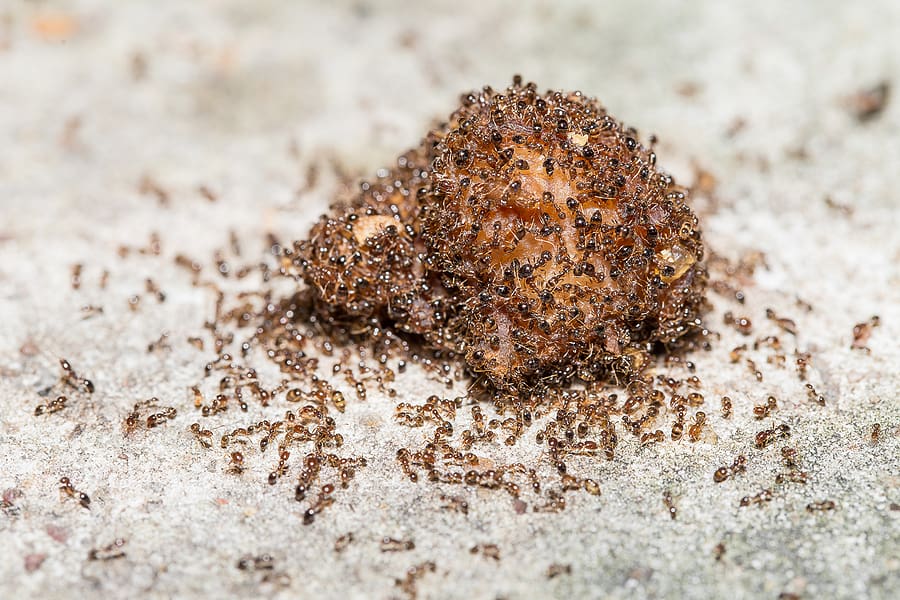
Ants are a major nuisance, infesting our kitchens, pantries, bathrooms, and more! Once an ant infestation occurs, it can be difficult to eliminate them. There are many different species that live in the South Florida area, all of which are attracted to different factors. Check out our list of popular South Florida Ants and how you can prevent them below.
Also known as sugar ants, ghost ants are known to invade your home, building their nests either inside the home or outside of your property. These pests are lighter in color and translucent, measuring around 1/16” as an adult. Ghost ants prefer sweet foods that are high in protein, often eating fruits such as honeydew.
You can often find multiple ghost ant colonies close together. These pests tend to build their colonies around flowerpots, under piles of wood, or any undisturbed place that is warm and damp. If they’ve infested your home, they tend to hide behind cabinets and baseboards.
Fire ants are one of the most aggressive ant species in South Florida. These ants will bite, which can be very painful and leave a raised welt on the skin. Fire ants can reach up to 1.4 inch in length and are reddish-brown in color. While they prefer high-protein foods, they will feed on plants and animal matter.
These ants will bring multiple colonies to your property, creating mounds outside in sunny warm areas such as patios, sidewalks, driveways, and other open areas on your property. Fire ants are also attractive to shiny or reflective objects, often invading vehicles and swimming pools.
Harmless to humans, crazy ants are considered the more erratic ant species, getting their name from their erratic patterns of movement. These ants are dark brown to black but can range from reddish-brown to grayish colorations. Many can recognize them from their long antennae and legs. These ants prefer to eat sweeter food courses, such as honeydew in the spring and fall months. In the summer, they tend to feed on seeds and insects for protein.
These ants are highly adaptable, living in both wet and dry habitats. Their nests are typically in the soil, under leaf piles, in shrubs, and in the cavities of trees. They will enter homes, usually right after a rainstorm. Once inside, they can be found in walls, floor voids, and near hot water pipes and heaters.
Avoiding ants can seem impossible, especially during the summertime. Consider these ant prevention tips to help deter ants away from your property:
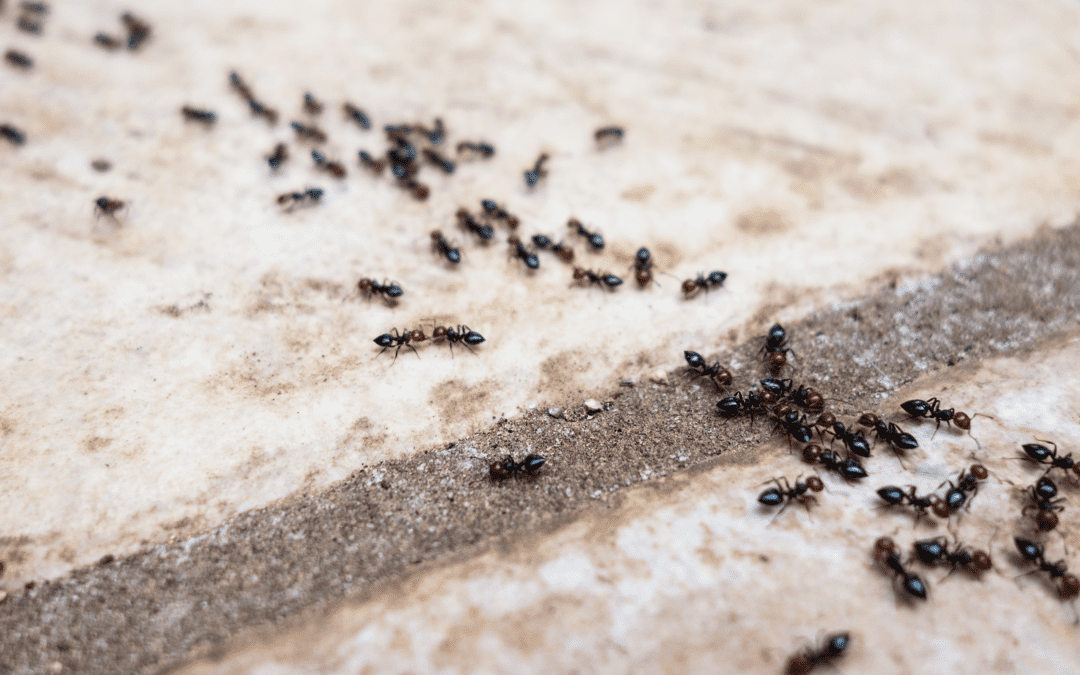
Ants are known for being annoying and persistent, especially when taking over your yard. It’s important to know what type of ant you’re dealing with to determine how to get rid of them outside your home. Removing them from your yard will lessen the chances of seeing them inside your home. We have broken down the most common ants found in the South and how to remove them from your yard.
These bright or dark red ants love the warm climates of the South. They’re one of the smallest ants around but can be found in very large groups. Since they love the warmth so much, you’ll see fire ants building large underground nests in the sunniest parts of your yard.
They typically don’t become household pests, but because of their sting and the large groups they are found in, they deter families from enjoying time outside. They are known to attack in groups and their sting can become very uncomfortable.
These types of ants can be red or black and can often be mistaken for carpenter ants, although they are much smaller. They only have two parts to their body instead of the usual three. Often found in driveways, along sidewalks, or in other concrete structures, pavement ants can eventually become house pests.
They become house pests due to their continuous search for food and shelter. If they end up inside your home, that usually means there is a nest nearby. They aren’t as aggressive as the fire ant, but they can bite.
If the problem of ants has become more than you can handle, be sure to reach out to your local pest control company and they’ll be able to come up with the best plan of action to rid your yard of ants.
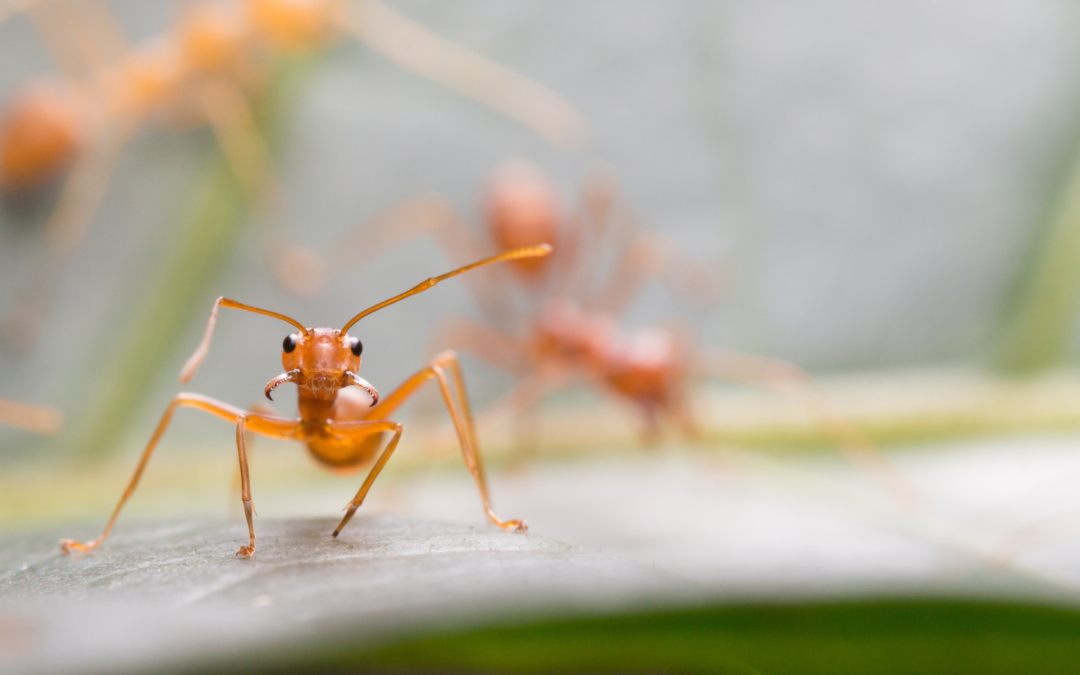
Fire ants might be small, but they are mighty. They can leave a very painful and unwanted welt on your skin if they feel threatened. Don’t let them ruin your summer fun; read more and discover how you can avoid and prevent these pests.
Luckily fire ant mounds are usually easy to spot; so if you find one on your property, it’s best to take care of it as soon as possible. These pests are known for their fierce survival methods in harsh conditions. They can also find shelter in or near HVAC units and electrical boxes, so be aware when working in these areas of your home.
If they do find shelter in electrical boxes, it’s important to remove them as soon as you can, as they can cause damage to wire and equipment.
The best ways to keep these pests out of your yard for the summer is to:
If you need more support, reach out to your local pest control company. These professionals will provide you with a comprehensive fire ant control and prevention plan for fire ants and other summer pests.
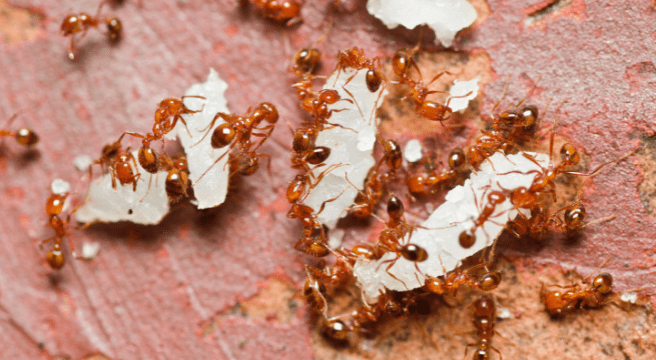
Red Imported Fire Ants (RIFA) have been around for decades, originally coming from South America and first arriving in the U.S. somewhere between 1933 and 1945. They are commonly found in the southern states ranging from Texas to Florida. These pests can be aggravating and quite painful if they bite. It helps to know when they are most active and how to deal with them.
Red imported fire ants are similar in appearance to regular black ants but give off a dark reddish-brown color. They measure 1.6mm to 5mm in length.
Fire ants are known to search for food in warmer temperatures, especially in the range between 72°F and 96°F. They are mostly active during the summer and fall months but can emerge as early as March. Their mounds can be found in yards, stumps, rotting logs, and even around playgrounds. Fire ant mounds can house up to 200,000 individuals and can be up to two feet high and three feet across.
Due to their habitat, they can be a threat to people who enjoy being outside. Although commonly referred to as a bite, they actually sting. Red ants are known to sting humans who disturb a mound. The sting of a red imported fire ant is painful, and the results of the sting are raised welts that can become a white pustule. Often a person will find that they have been stung multiple times by different ants. The biggest threat is if the person has an allergy to insect stings.
If you end up finding these nests or RIFAs roaming in your home, contact a professional local pest control company who can help set up a treatment and control plan for your home. Since RIFAs are known to have a very painful bite, it’s important to remove them as soon as possible.